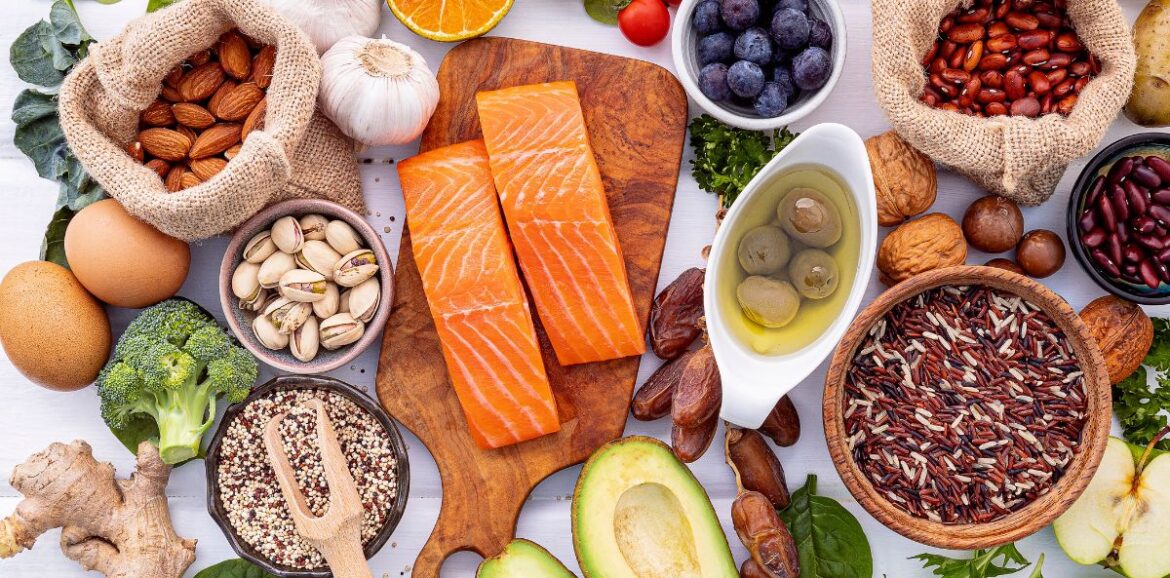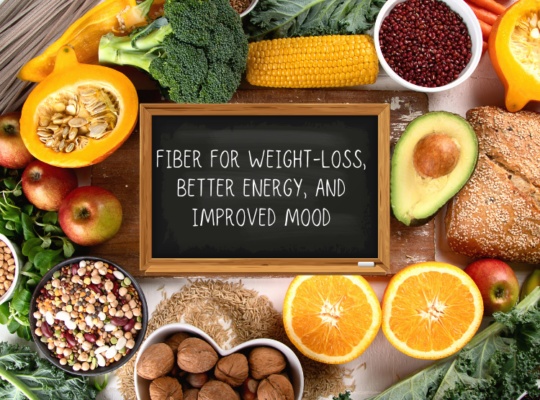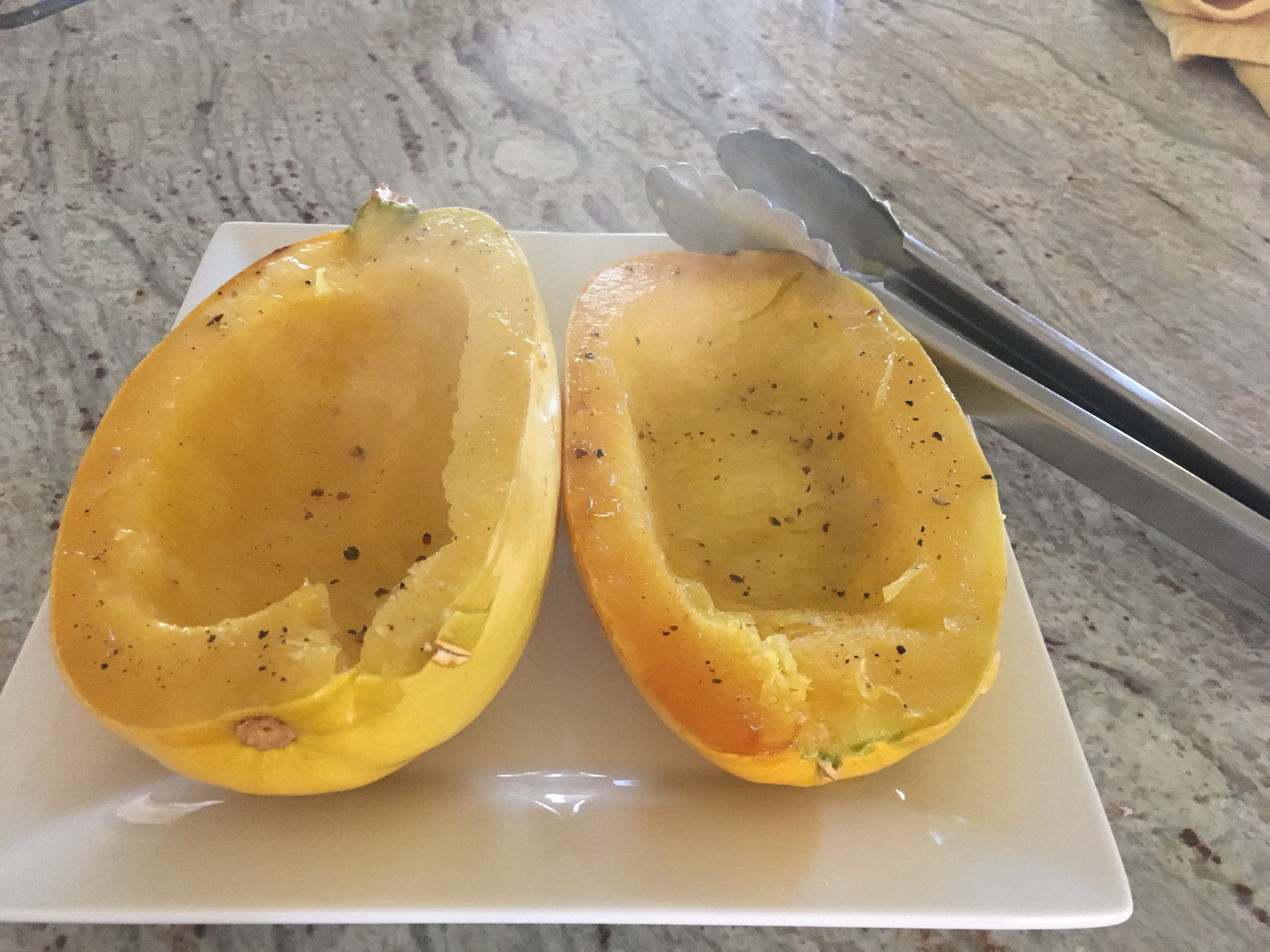Have you ever wondered, “How can I make weight loss easier and more effective?” It’s a question I’m always exploring, and today, I want to share some new information with you.
Let’s start with a hot topic: weight loss medications like Ozempic and other GLP-1 agonists. For some, they might seem like an easy button—but let’s take a closer look. The downsides? High costs, side effects, alarming muscle loss, and, perhaps the most frustrating part, unsustainability. When you stop the medication, the weight often comes right back.
So, if the idea of spending hundreds of dollars monthly, enduring weekly shots, and risking complications like gastroparesis doesn’t sound appealing, what’s the alternative?
Here’s the good news: a recent study shines a light on an approach that’s both sustainable and effective. What caught my attention was how it promoted fat loss while preserving precious muscle mass—a win-win we all dream of.
The secret? Protein and fiber. When paired with mindful calorie management, these two elements add up to weight loss success.
This isn’t just theory; it’s what I’ve consistently seen in my work with clients. Simple tweaks to boost protein and fiber intake can lead to real results.
Let’s dive into why this works and, more importantly, how you can apply it in your own life.
The Secret Sauce: Protein and Fiber
Why does this combination seem to do the trick? What’s the big deal with protein and fiber and why are they important to weight loss? These are just a few reasons. There are probably several other contributing factors that we don’t yet understand.
- Satiety:
- Protein and fiber slow digestion, curbing cravings and overeating.
- Fiber and protein also support natural appetite-regulating hormones like GLP-1.
- Microbiome Boost:
- Fiber ferments in the gut, creating short-chain fatty acids (SCFAs) that promote metabolic health.
- Muscle Maintenance:
- Sufficient protein prevents muscle loss during weight loss, keeping metabolism robust.
- Phytonutrients:
- Foods that contain significant amounts of fiber – think vegetables, fruits, beans, nuts, and seeds – also contain plant compounds such as polyphenols and antioxidants. These phytonutrients have many benefits from anti-cancer and anti-inflammation to supporting cognitive and heart health. A diet rich in phytonutrients supports our body’s metabolism.
What did the study show?
In this study, participants were monitored for a year as they attended 19 educational sessions and received coaching on diet and lifestyle changes. They were coached on eating in a calorie deficit. As you’d expect, they lost weight. But here’s what makes this study stand out: the participants who had the greatest success—losing about 13% of their body weight—consumed the highest amounts of protein and fiber.
Even more fascinating? Nearly 80% of the weight they lost came from fat, while their lean muscle mass was preserved.
This is a crucial distinction. Compare it to the typical results from weight loss medications, where as much as half of the weight lost is lean muscle.
That kind of muscle loss is disastrous for longevity and mobility as we age. It also poses long-term metabolic risks, since lean muscle plays a critical role in burning calories and enhancing insulin sensitivity.
It’s a powerful reminder that the quality of the weight we lose matters just as much as the number on the scale.
How can you use this information ?
Shoot for these very reasonable, targeted nutrient levels.
- Protein: Aim for 7g per 100 calories.
- Fiber: Target 2g per 100 calories.
Start where you are and take it one step at a time. If you increase protein or fiber too quickly, your gut may need time to adjust, and you could experience some digestive discomfort.
Remember, weight loss requires a calorie deficit. But here’s the good news: hitting your calorie goal feels so much easier when you’re eating enough protein and fiber. These powerhouse nutrients are incredibly satisfying and help keep hunger at bay.
Using a tracker like MyFitnessPal or LoseIt can be a game-changer. It gives you a clear picture of where you’re starting and helps you gradually work toward your targets. Small, consistent progress is the key to long-term success!
What else can you expect?
Beyond weight loss, targeting protein and fiber will hopefully also result in fewer ultra-processed foods (often devoid of fiber) and better quality nutrition. I see improvements in joint pain, anxiety, brain fog, blood sugar balance, and hormone regulation on a regular basis as a result of these changes.
Practical Tips to Get Started
- Prioritize Whole Foods:
- Protein: Clean meats, fish, legumes, eggs
- Fiber: Vegetables, whole grains, fruits, nuts, and seeds.
- Plan Balanced Meals:
- Use the plate method—half vegetables, a quarter lean protein, a quarter whole-food carbs.
- Track and Adjust:
- Pay attention to how these changes impact your energy, mood, and satiety.
What’s Your Next Step?
Small, consistent changes can lead to big improvements in your health. Instead of striving for perfection, focus on making choices that align with your biology and support your body’s natural rhythms. Progress, not perfection, is what truly makes a difference over time.
Ready to make some progress? Reach out or start today by adding one high-protein, high-fiber meal to your day.






